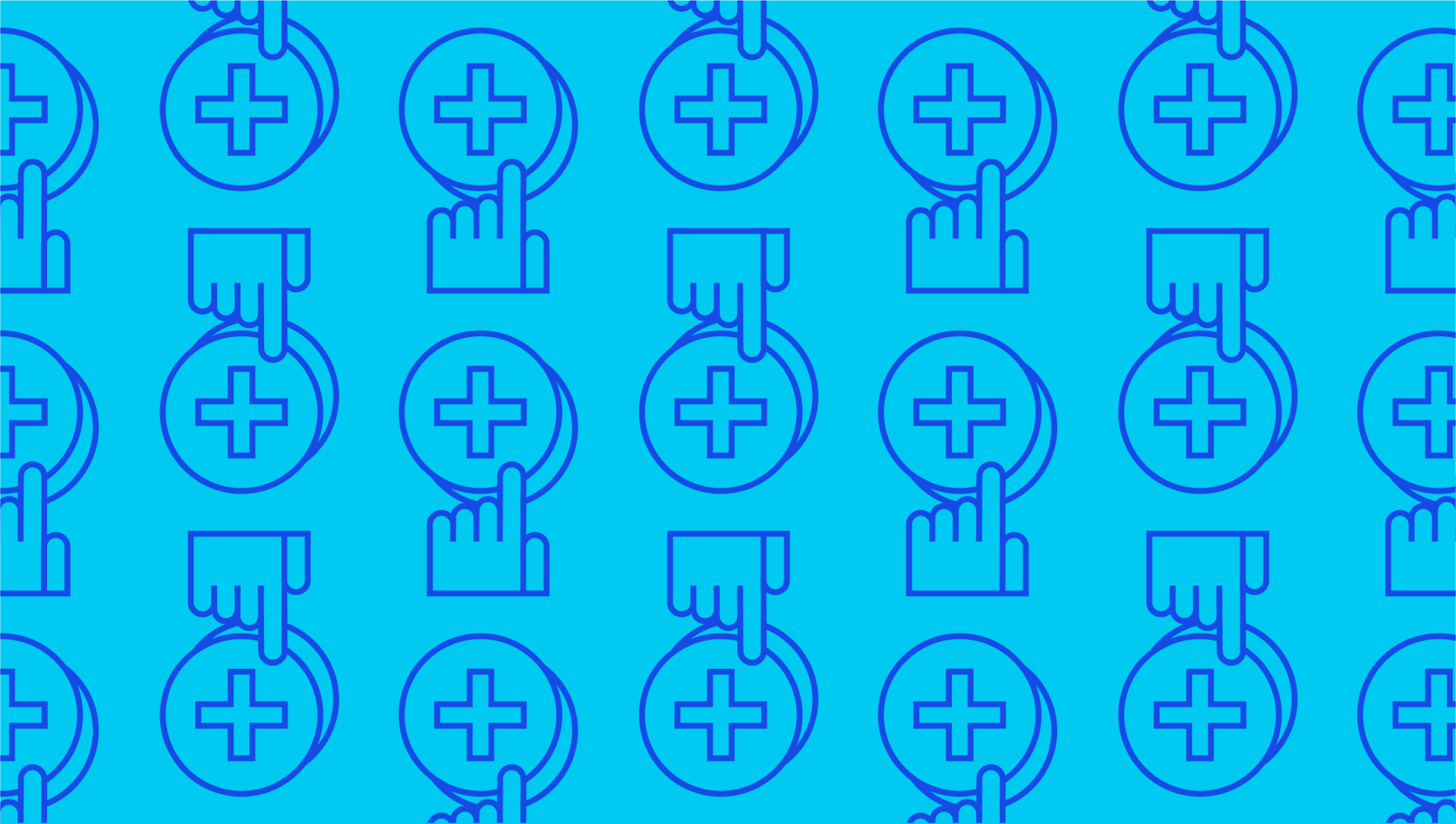
A Guide to the Critical Path Method
Last editedApr 20212 min read
Effective project management demands effective allocation and management of tools, personnel, and other resources. This can only be achieved when you know exactly where you need to be by the project’s completion, and exactly how you’re going to get there. The critical path method can enhance your project management (whatever the project) by helping you establish every task that needs to be completed on the way to finishing the project. It can also help you project realistic deadlines and manage client expectations accordingly.
Here, we look at how the critical path method works, and how you can implement it effectively.
What is the critical path method?
Effective project management isn’t just about creating a list of tasks. It’s about identifying the interdependent relationship between discrete tasks, and how they can influence one another’s timely completion. This is the key to setting achievable deadlines for complex projects.
It’s also at the heart of the critical path method, which was created in the 1950s by James Kelley of Remington Rand, and Morgan Walker of DuPont.
Today the critical path method, also known as a critical path analysis, often takes the form of complex digital algorithms today. In its simplest form, the it is a network diagram that illustrates the sequences of tasks (paths) that are required to finish a project.
The critical path method typically includes:
identifying every task necessary in order to complete the project, and the dependencies between tasks
identifying critical activities
estimating the duration of each discrete task in the project
calculating a critical path timeline based on the tasks’ duration and dependencies
the planning, scheduling and management of critical activities to maintain a tight schedule
establishing deliverables and milestones for the project
establishing clear stakeholder expectations in terms of both deadline and deliverables
Implementing the critical path method
Now we know what the critical path method is, we need to know how to implement it successfully. After all, any tool is only as effective as its implementation.
Here’s a step by step guide to implementing the critical path method.
Step 1. Defining the scope of your project
First, you need to define all the discrete tasks that will make up the project. As you look at them individually, the interdependencies between tasks will make themselves obvious. You can then create a workflow chart that helps you organize your tasks so that there is no bottlenecking of resources, as interdependencies between tasks are factored into the planning.
Step 2. Identifying the critical path
Now we can start arranging the necessary discrete tasks and how they relate to one another into a critical path. You also need to identify critical tasks – the tasks on which all other tasks hinge. The tasks that could potentially derail the project or cause you to fall behind schedule. This will ensure that you allocate sufficient time and resources where they are needed the most.
Step 3. Establish concurrent project paths
A critical path doesn’t necessarily have to be a single linear timeline. You can have paths that diverge and form separate concurrent paths. If there are multiple dependencies between tasks, it may be more time, cost, and resource-effective to manage several project paths concurrently before bringing the team together for critical tasks.
We can help
If you’re interested in finding out more about the critical path method, project management, or any other aspect of your business operations and finances then get in touch with our financial experts. Find out how GoCardless can help you with ad hoc payments or recurring payments.